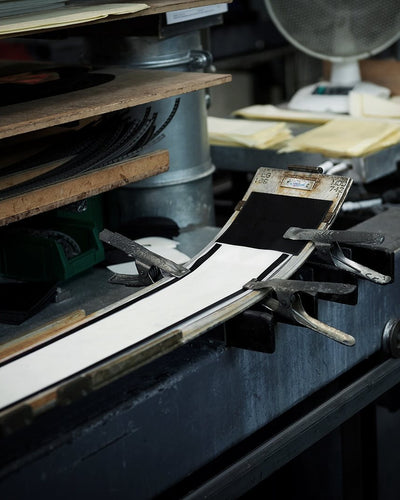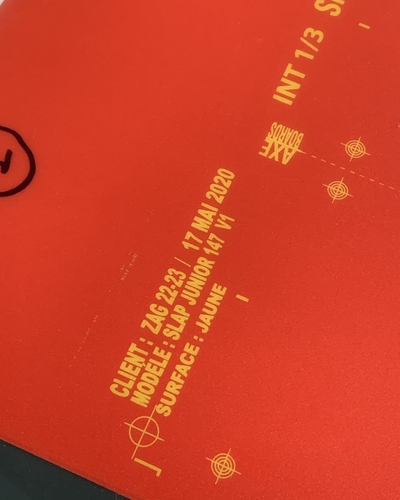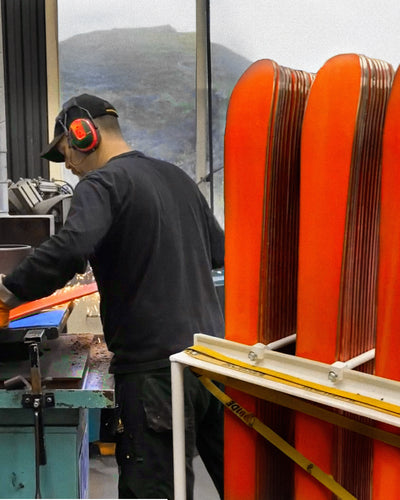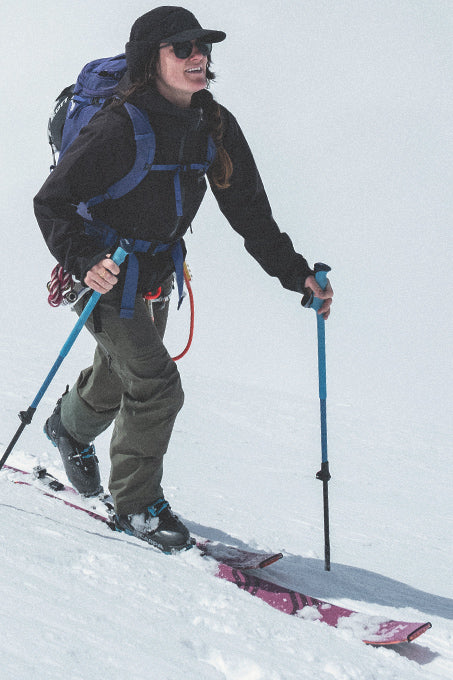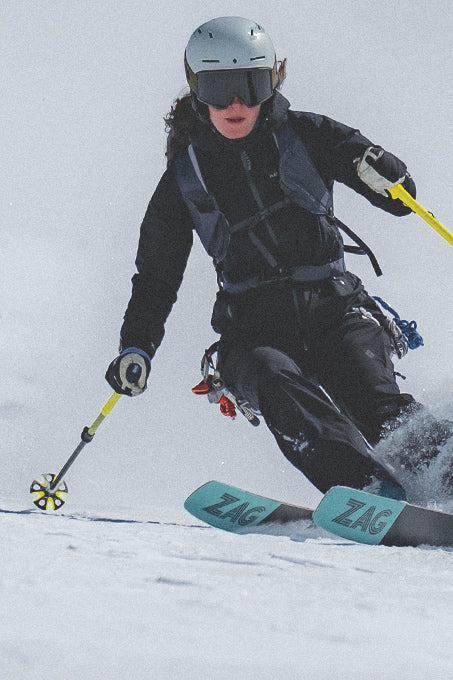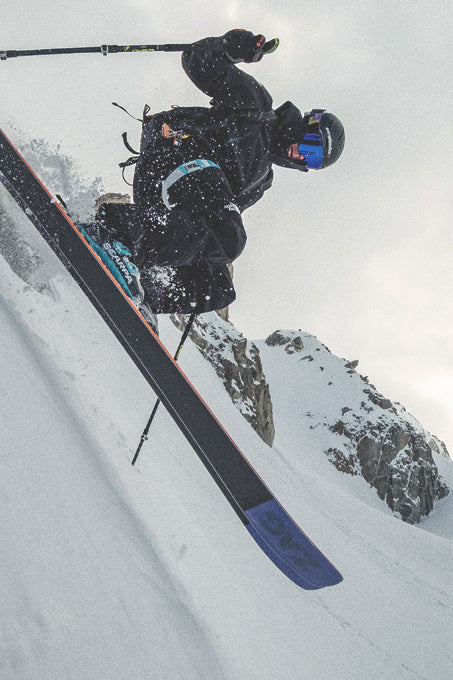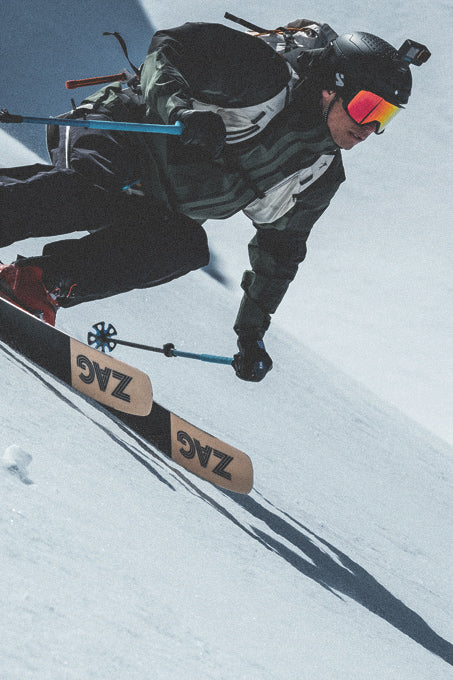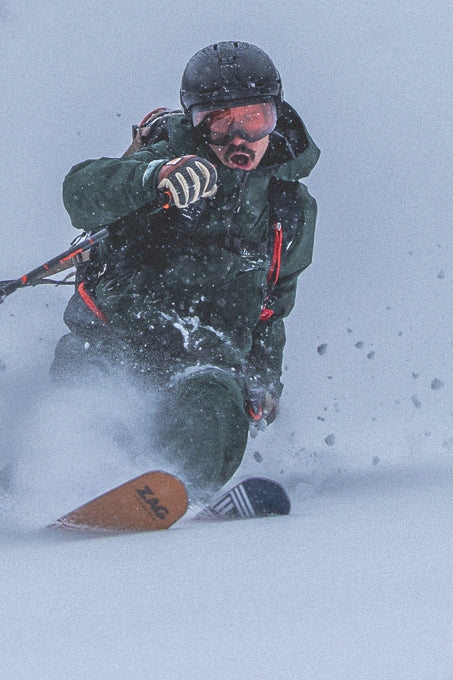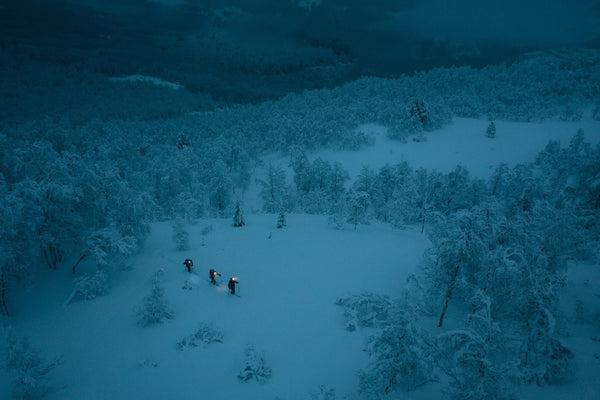How to choose your skins?
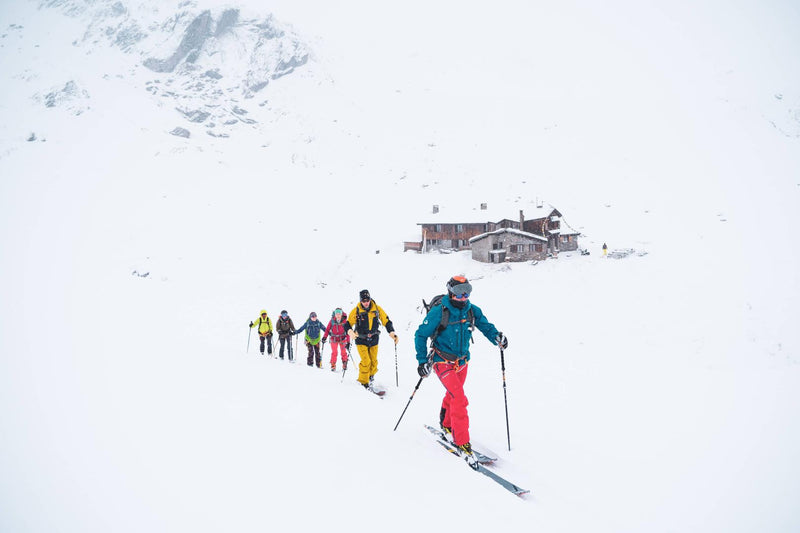
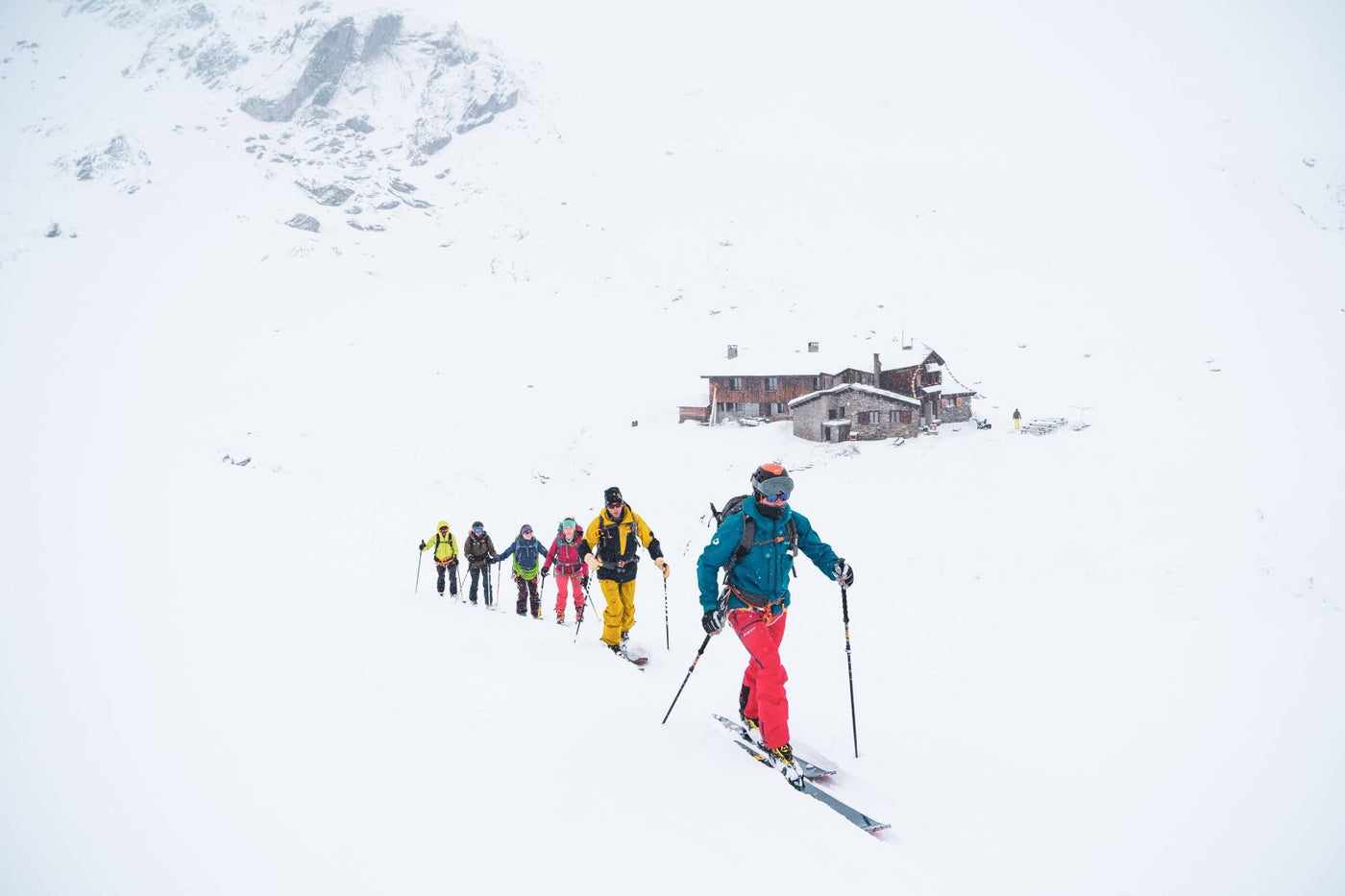
When it comes to Touring skiing, sealskins are the essential accessories in our ADRET and UBAC ranges. By sticking to the underside of your base, these skins will enable you to hold on to the snow on the way up, with an anti-backwards effect, and thus gain access to those coveted virgin slopes.
But finding the right pair of skins isn't all that easy: they have to be adapted to the size of your skis, the width of the runner and the type of binding at the base. There are many different types of sealskin, so we're going to try and shed some light on the subject in this article.
IN CONCRETE TERMS, WHAT ARE "SEAL SKINS"?
Today, they no longer come from our dear friends the seals, but up until the early 1980s, it was their skins that were used to go under the skis, notably because of the beast's short hair oriented in a single direction for good grip and glide. To protect the species, only the name sealskin has survived, while technology has evolved. Sealskins are indispensable for touring skiers, with or without glue, synthetic or mixed, and are available for every type of skier.
HOW TO GLUE SEALSKINS?
HAIRLESS SKINS WITH GLUE
These are the more traditional skins that have already proved their worth in the world of Touring skiing. Simply put, the hairless side of the skin is coated with cold-resistant glue to adhere to the base your ski. Easy to use, they won't damage the base. And when they don't stick anymore, don't panic: just re-glue them and they're as good as new, so you won't need to change them any time soon! If you'd like to re-glue your skis in the comfort of your own home, take a look at the POMOCA tutorials on YouTube.
However, if you want them to last as long as possible, after each use you'll need to place a mesh against the skin, or for some models, glue them together to prevent dirt from clinging to them. And don't be afraid to get glue all over your fingers when peeling and de-peeling.
SELF-STICKING SEAL SKINS
A real revolution in Touring skiing: skins that stick without glue! This system works on the principle of molecular suction cups, with an adhesive material based on silicone or derivatives. In practical terms, this system contains no glue as such, and therefore requires no re-gluing. All you need to do is clean them with clear water to remove any dirt and re-glue perfectly. Storing them couldn't be simpler: they can be folded, glued together and put straight into the backpack. It's worth noting that these are more expensive than their traditional glue friends, but their practicality and ease of use are winning over more and more people.
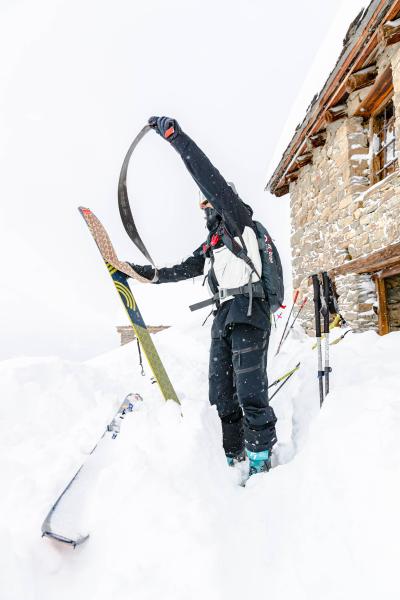
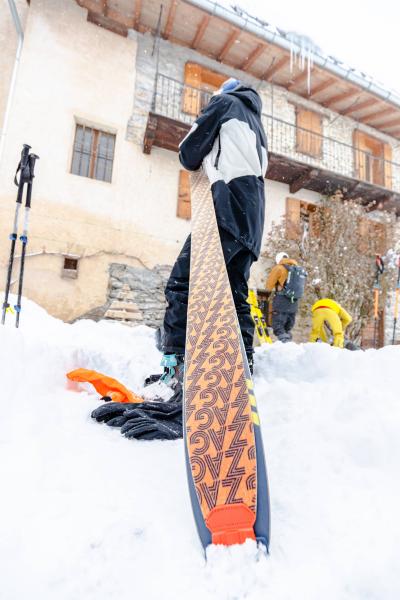
HOW TO HANG YOUR SEALSKINS?
Glue and stickers are all well and good, but they're not enough to keep your skins in place all the way up the mountain... Most skins have a metal or plastic stirrup system that hooks onto the tip of the ski to prevent the skin from slipping off. This Binding system with a stirrup in the tip can be complemented by a heel tensioner that will match your pair ofUBACs perfectly. For more specific uses, such as racing, so you don't lose a second even when de-coating your ADRET 78 or ADRET 85, there are Bindings with quick-release tensioners in the tip, easy to release thanks to the tensioner placed in the notch at the front of the tip.
DISCOVER POMOCA, THE SKIN PROS!
For over 80 years, the POMOCA brand has been constantly innovating in terms of technology, and is the undisputed world specialist in self-adhesive Touring ski skins. The brand offers a range of high-quality skins adapted to every type of practice and every type of snow, to give you the best possible performance. What's more, the brand offers a wide range of accessories to help you take care of your skins, so you can be autonomous when it comes to maintenance, thanks in particular to our video tutorials.
We chose to work with Pomoca because of the great durability and performance of their products: they are soft skins that "stick" perfectly to the skis in our ADRET and UBAC Touring ranges.
What's more, we're sensitive to the brand's values and commitments to the environment, with, for example, the recycling and use of skin scraps to make belts or slipper soles. It's also worth noting that since 2020 the brand has completely stopped using fluorinated compounds.
Driven by passion and the desire to give you the best possible experience in the mountains, POMOCA works for skiers in search of sensation, performance and safety, meeting their needs directly from their Swiss headquarters above Lausanne. A true pioneer of Touring Skiing, they were among the first to develop "non-slip" skins, then self-adhesive skins, as well as a wide range of mountain accessories. POMOCA offers skins for ski mountaineering enthusiasts with their faithful ADRET 78s underfoot, who dream only of D+ (minimum 1200m), skins for hikers who go everywhere in all conditions on their UBAC 95s, and skins for frosty freeriders, hungry for ever more committed slopes accompanied by their faithful BAKANs.
